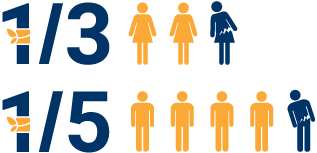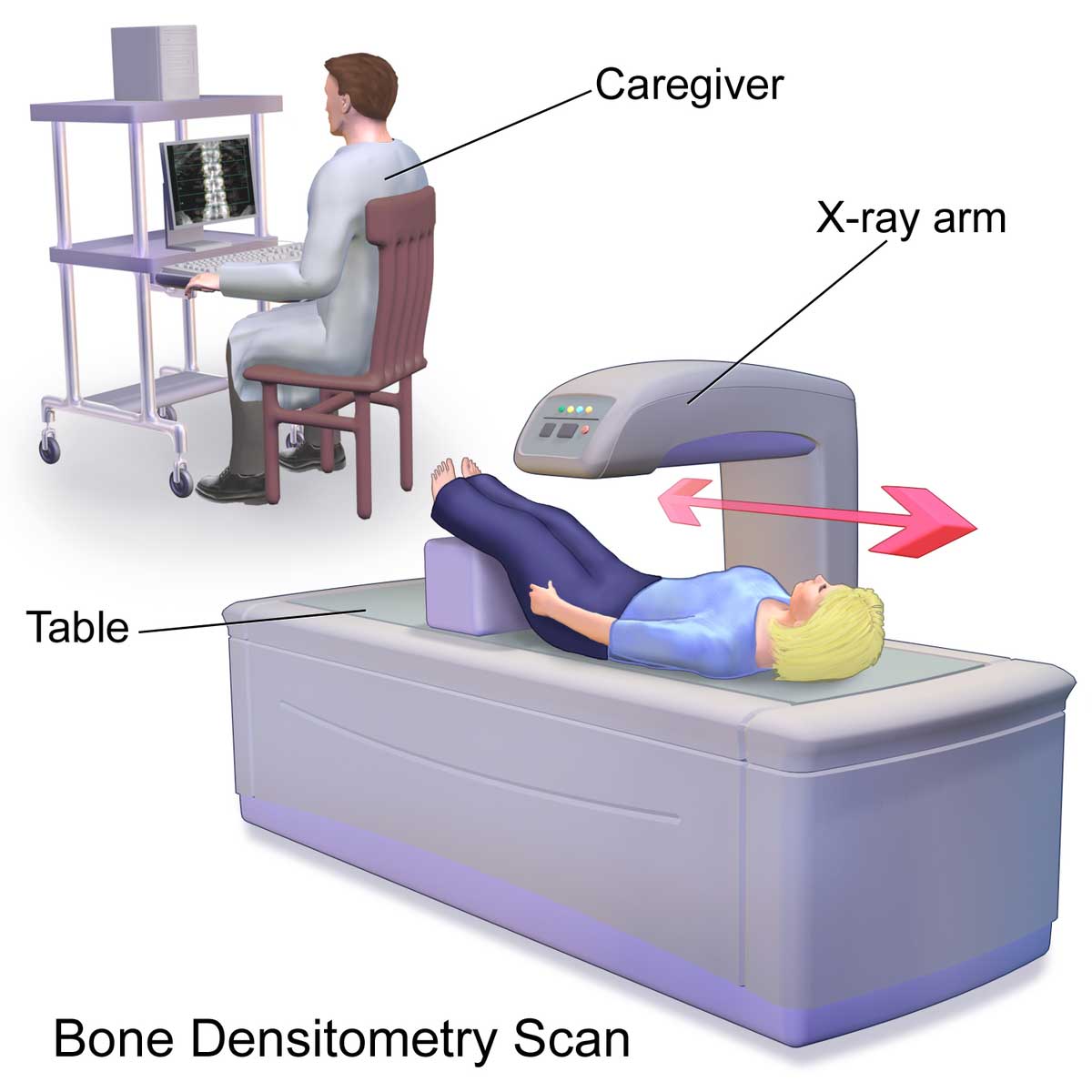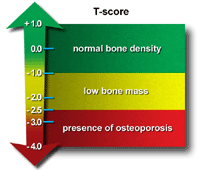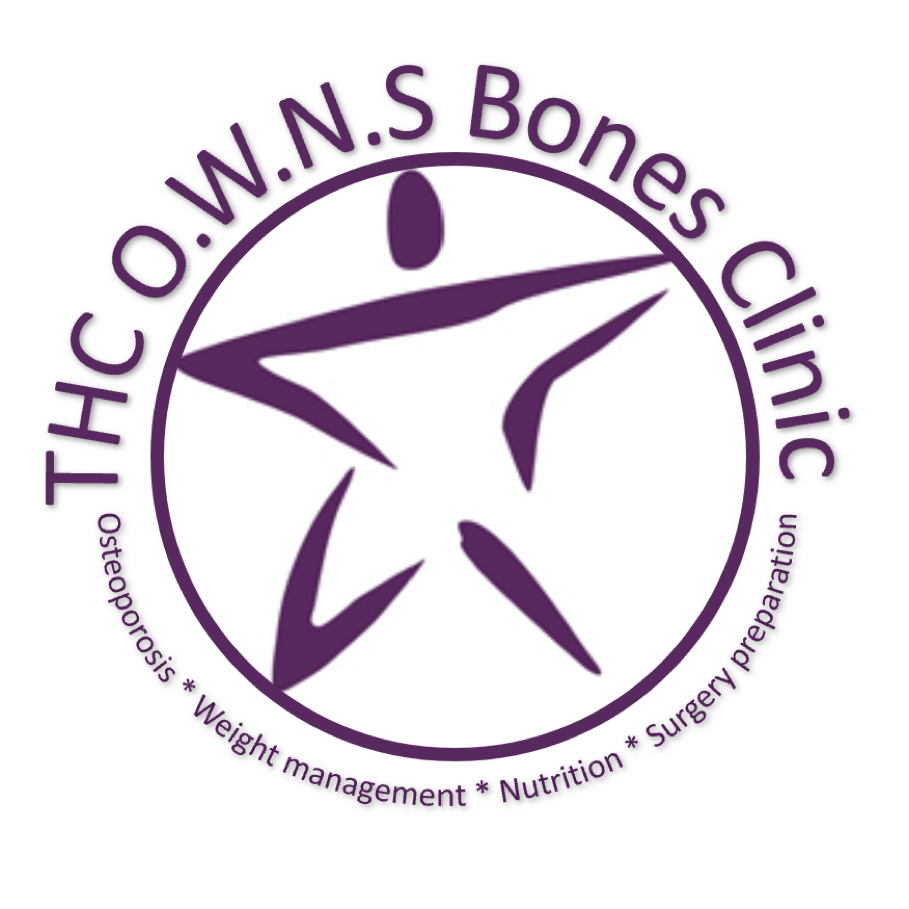Osteoporosis Care
Osteoporosis is a disease that causes weakening of the bones often leading to serious fractures. It is generally diagnosed with a painless brief bone density test and treated with medications (pills, injections, or intravenous infusions) that either decrease the process of bone breakdown (anti-resorptive) or increase the process of bone formation (anabolic). The Fort Worth Bone and Joint Clinic is committed to helping you identify if you may have osteoporosis and treat you promptly to avoid such dangerous fractures!
What is osteoporosis and what causes it?
Osteoporosis is a disease which makes bones weak and fragile that occurs when the body loses too much bone, makes too little bone, or both. As a result, this greatly increases the risk of breaking a bone even after a minor fall or bump. The disease has no obvious symptoms, so many people don’t know they have osteoporosis until they suffer a fracture. Fractures can be life-altering, causing pain, disability and loss of independence. That’s why it’s important to prevent and treat osteoporosis!
How common is osteoporosis?
About 54 million Americans have osteoporosis and low bone mass, placing them at increased risk for osteoporosis. Studies suggest that approximately one in three women and up to one in five men age 50 and older will break a bone due to osteoporosis. Even after breaking a bone, around 80% of patients are still not diagnosed and treated for osteoporosis, the underlying disease which has caused the fracture. Osteoporosis is responsible for two million broken bones and $19 billion in related costs every year.

Is osteoporosis serious?
Breaking a bone is a serious complication of osteoporosis, especially with older patients. Osteoporotic bone breaks are most likely to occur in the hip, spine or wrist, but other bones can break too. In addition to causing permanent pain, osteoporosis causes some patients to lose height. When osteoporosis affects vertebrae, or the bones of the spine, it often leads to a stooped or hunched posture. Osteoporosis may limit mobility, which often leads to feelings of isolation or depression. Additionally, twenty percent of seniors who break a hip die within one year from either complications related to the broken bone itself or the surgery to repair it. Many patients require long-term nursing home care.
How is osteoporosis diagnosed?
Osteoporosis can be diagnosed in 3 ways:
- Bone mineral density testing: A bone density test uses dual-energy x-ray absorptiometry (DXA) to measure how much calcium & minerals you have in your bones to diagnose osteoporosis BEFORE you break a bone, help to estimate your chances of breaking a bone in the future, and monitor the effectiveness of osteoporosis treatments. This is a quick, simple and painless test where you lie on a DXA table and a movable arm passes above you to scan your bones using minimal radiation – far less than what you would get on a cross-country airplane flight. The result of a DXA test is a number called a T-score where zero is normal and the more negative the number, the weaker your bones are. If your T-score is -2.5 or below (such as -3.0), then you have osteoporosis, assuming there is no other reason for you to have such a low T-score.
- FRAX - FRAX® is a calculator that uses your bone density, age, gender, height, weight, and answers to 7 specific questions to calculate your chance of having an osteoporotic fracture within the next 10 years. Osteoporosis is diagnosed if your 10-year probability of any major osteoporotic fracture is over 20% or hip fracture is over 3%.
- Fracture - Any fracture of the hip or spine in a patient over 50 years of age after a ground-level fall is diagnostic of osteoporosis.


Who should be tested for osteoporosis?
- Every woman over age 65
- Every male over age 70
- Any patient over the age of 50 who had a fracture of the spine, hip, wrist, shoulder, rib, or pelvis
- Every man or women over age 50 with a family history of osteoporosis and/or fracture, frequent falling, vitamin D deficiency, smoking, excessive alcohol intake, malabsorption, and on some medications such as prednisone
How do you treat osteoporosis?
In addition to lifestyle changes (weight bearing exercises, smoking/alcohol cessation), there are many safe and effective medications available to slow down the loss of bone and reduce the risk of breaking a bone that come in various forms (pill, injection, intravenous infusion, skin patches). We will balance all of the various factors related to your bone health to help you decide on the best treatment specifically for you. The therapies come in 3 broad categories:
- Antiresorptive agents: These therapies decrease your body’s processes that normally reabsorb bone and allow your body’s natural processes that build bone to increase your bone density.
- Anabolic agents: These therapies enhance your body’s ability to make new bone in order to increase your bone density
- Estrogen hormone therapies: These therapies utilize your body’s hormones to increase your bone density
References:
- Bone Health and Osteoporosis Foundation (BHOF)
- International Osteoporosis Foundation

